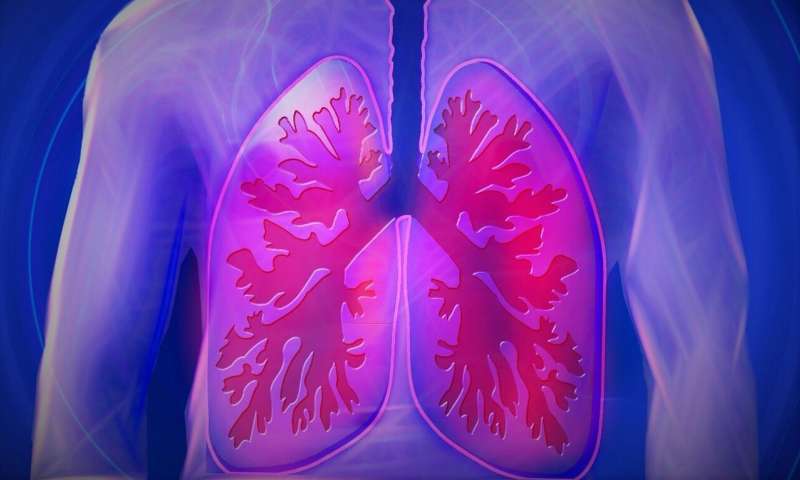Researchers discover cause of asthmatic lung spasms


Researchers at Rutgers and other institutions have discovered how muscle contraction (bronchospasm) in the airway, which cause breathing difficulty in people with asthma, occur by creating a microdevice that mimics the behavior of the human airways.
The study, published in the July 2019 issue of the journal Nature Biomedical Engineering and previously online, could lead to new treatment strategies for respiratory diseases, said co-author Reynold Panettieri, director of the Rutgers Institute for Translational Medicine and Science.
Bronchospasm can occur in both healthy people and those who suffer from serious respiratory diseases such as asthma or chronic obstructive pulmonary disease (COPD). Studying why the smooth muscle surrounding bronchial airways can suddenly contract and lead to difficulties in breathing is difficult due to the complexities of bronchospasm and the fact that the human respiratory system cannot be modeled in animal studies.
To analyze the biochemical and mechanical signals that occur between cells during spasms, the researchers created a microdevice—a “bronchi on a chip” one-thousandth the size of a human hair—containing cells from healthy and asthmatic lungs that mimics the function of a lung on single-cell levels.
When they triggered a simulated bronchospasm on the device, the researchers discovered that the initial contraction prompts the secretion of hormone-like compounds that either can induce an additional constriction or relax the spasm. In people with asthma, the smooth muscle surrounding the airways is more reactive and contracts more easily in response to stimuli such as allergens, leading to extended bronchial spasms, wheezing and shortness of breath.
They also found that inducing a second asthmatic trigger during a bronchial spasm at a precise time will actually cause the smooth muscle to relax and stop the spasm.
Source: Read Full Article




